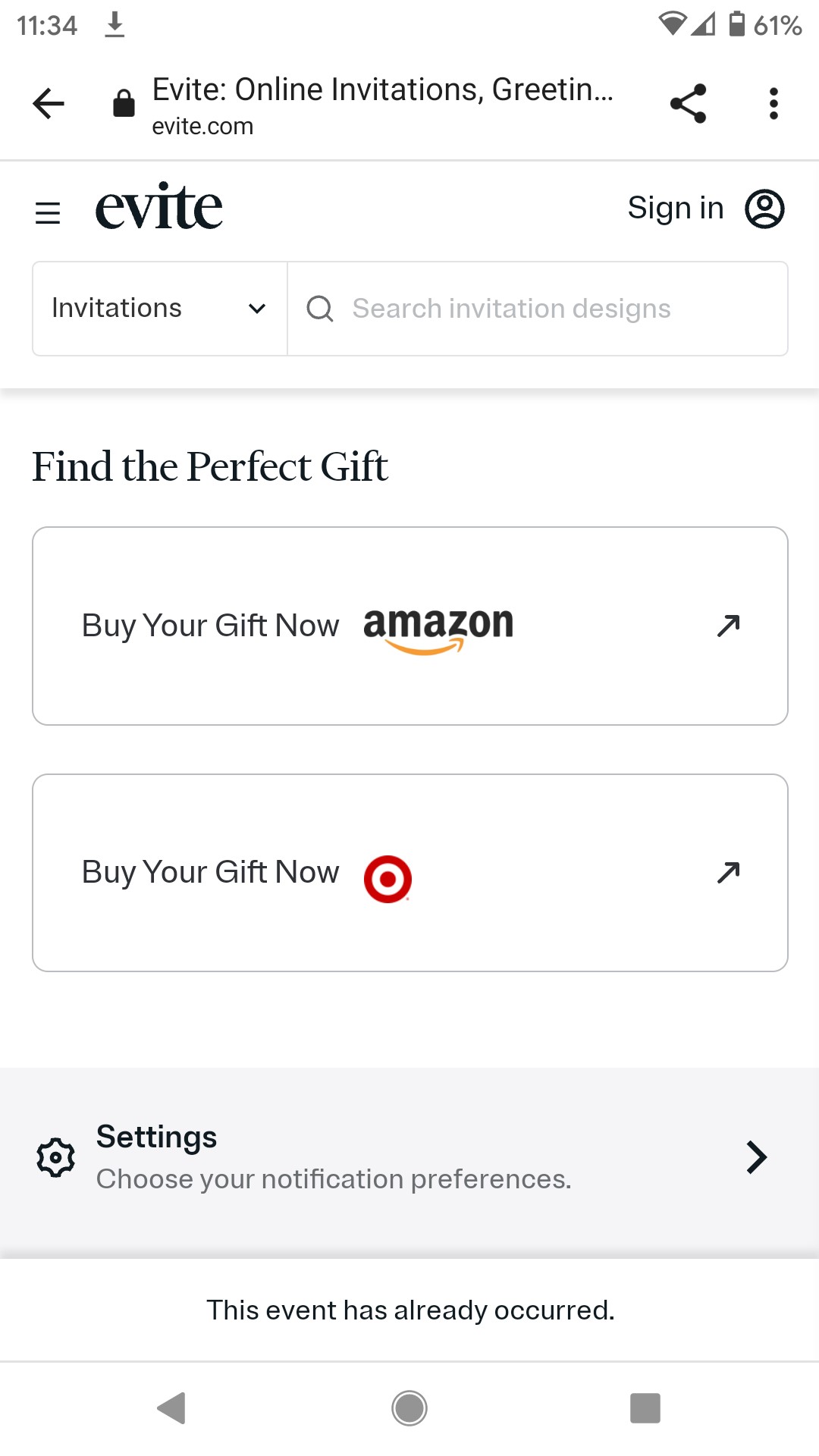When the COVID-19 pandemic swept across the U.S., consumers postponed, delayed and canceled their events. This was a tough time for Evite, which provides digital event invitations and made most of its revenue from selling ads around those digital invites.
Evite’s user activity plummeted roughly 95%, says Evite’s current CEO David Yeom, down to consumers sending about 1,000 invites a day. This is compared to normal pre-pandemic activity, with consumers sending 20,000 invites every day to 30-plus people, he says.
When the pandemic began, publicly traded media conglomerate Liberty Media Corp. owned Evite. As 2020 wore on and the COVID-19 pandemic raged, Yeom decided to buy out Evite with business partner George Ruan for an undisclosed sum in September 2020. As the new CEO and without public investors to please on a quarterly basis, Yeom used the lull in events as an opportunity to do a major rehaul of Evite’s customer experience and change its business model.
“What’s there to risk? User activity is down in the dumps,” Yeom says. “When you don’t have much to lose, in many ways, that gave us the opportunity to finally make the changes we’ve always wanted to make and get the business back on the path to greatness that it should be on.”
Evite pivots to revenue from premium upgrades from advertisements
Instead of relying on revenue from ads, Evite’s primary revenue stream now is from users upgrading to a premium invitation, which costs $15.99-$89.99. With premium, users have access to enhanced features, like hiding the guest list for an event, no ads on the invitation and access to premium designs, such as ones with a Disney character, premium fonts, animation, envelopes and a design-your-own feature. About 10% of its users pay for premium invitations and this accounts for roughly half of Evite’s revenue, Yeom says.
A third of its revenue is now from affiliate marketing. Evite showcases products that would be relevant to a party, such as paper plates or balloons for the host, or gift ideas for an attendee, from other retailers including Amazon.com Inc., Target Corp., Walmart Inc. and Etsy Inc.
That leaves the remaining roughly 17% of the revenue from advertising, which is now an automated program. Advertising used to be the primary source of its revenue. But the ads were getting in the way of the user experience, Yeom says. Typically, users saw an advertisement at each step in creating the invitation or RSVPing to an event.
“It was too much and everywhere,” Yeom says. “Basically 90% of all those ads are gone now.”
Evite’s move to generate revenue from premium features instead of ads is smart, says Paula Rosenblum, co-founder and managing partner at retail consulting firm RSR Research.
“Websites that are so filled with ads — mostly re-targeted, to boot — are incredibly annoying,” she says. “I’d gladly pay a little to stop the endless parade so I could take my time and peruse the products and/or services.”
But, Evite has to tread lightly with how it showcases its affiliate products, as those can appear just like an ad to a consumer. For example, in an email about a party, Evite will have a link to buy the host a gift from one of its affiliated retailers.
Or, after an invitee RSVPs to an event, Evite shows a pop-up to send the person a gift from one of its affiliates. Yeom says party-throwers have the option to turn this off and about a quarter of consumers elect to do so, he says.

Evite prompts party-goers to buy a gift from one of its affiliate retailers.
“We want to have good balance, and not fall back in the traps of what we used to be as a business,” Yeom says.
Yeom says the affiliate product links are meant to be helpful to planning or attending an event, whereas a banner ad may not be. RSR’s Rosenblum says many affiliates have successfully provided links to other merchants without annoying users.
This overhaul in revenue, however, was a tough change, as half of Evite’s employees were either on the sales team or supported the sales team. At the end of 2020, Evite eliminated its sales team and those employees were let go or received a new role.
Many employees had an “if it’s not broke don’t fix it” mentality about the ads, Yeom says. But that attitude had to go, he says.
“There’s a better way, and you don’t have to compromise the experience for guest or host,” Yeom says.
The new Evite launches
The rebranded Evite launched in April 2022, when many U.S. consumers had already resumed their normal pre-pandemic activities. And that includes going to events, celebrating milestones and going to parties. Meaning, Evite has regained its 100,000 annual active users, who send and receive Evites.
A year after this pivot, Evite turned a profit for the first time in a decade, the company says. Plus, in the birthday category specifically, user activity “has never been higher,” with users sending 25,000 birthday invites every hour, Yeom says without sharing more.
User feedback has been “phenomenal,” Yeom says, and Evite plans to continue adding upgrades to its premium service.
Sign up
Stay on top of the latest developments in the ecommerce industry. Sign up for a complimentary subscription to Digital Commerce 360 Retail News.
Favorite